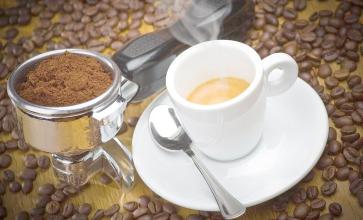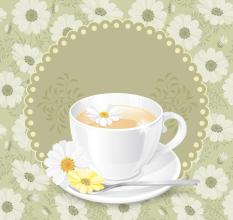Grade planning of coffee beans in Kenya
Common categories:
Hand-picked coffee fruit, after manual selection, pick out immature fruit (unripe), overripe fruit (overripe) and other defects, peeling, after about 36 hours of fermentation, placed on the metal rack after drying in the sun, in the processing plant to remove the shell (parchment), become a charm with blue-green appearance Kenya raw beans.
These beautiful raw beans are graded according to particle size, shape, and weight:
E: kenya E, elephant bean, 18 mesh or more (including round beans),
Round beans containing large particles, like PB, are less numerous
AA: Kenya AA, order 17-18,
AB: Kenya AB, 15-16 mesh, is a mixture of Class A and Class B
Grade A is above 17 mesh (6.8mm), Grade B is above 16 mesh (6.3mm)
TT: AA, AB light beans screened by air flow sorting machine
PB: Kenya PB, over 15 mesh, round beans, peaberry, about 10% of Kenya coffee
C: 12-14 mesh, and PB light beans screened by an air separator
T: Below 12 mesh, there are many defective beans, broken beans and light beans
HE (Hulled Ears)
2) Raw beans that have not been graded by official standards are UG (ungrade)
E,AA,AB,PB→UG1
C, TT, T, HE→UG23) MBUNI
All green beans are gravity separated
MH: heavy mbuni, heavy beans, yellow, no black beans, crumbs, dried fruits or other blemishes, typical sun flavor on cup test, no taste blemishes

Important Notice :
前街咖啡 FrontStreet Coffee has moved to new addredd:
FrontStreet Coffee Address: 315,Donghua East Road,GuangZhou
Tel:020 38364473
- Prev

Fine Coffee-- the Origin and present situation of drinking Coffee
1. Fine coffee is made from boutique coffee beans. If the beans that make coffee are not boutique coffee beans, the coffee liquid produced cannot be called fine coffee. two。 Boutique coffee is fresh coffee. Whether it's food or drink, of course, the fresh the better, and so is boutique coffee. Fine coffee should be kept fresh before making, including the preservation of roasted beans, and should be kept before making.
- Next

Costa Rican coffee research
Located about 30 kilometers northeast of San Jose, Costa Rica's capital, this research center belongs to the Costa Rica Coffee Association, which is Costa Rica's national research institution for coffee planting, breeding and quality inspection of Brazilian coffee. In addition, it also has 10 hectares of experimental fields planted with many excellent varieties. Coffee is Costa Rica's main agricultural product, producing more than 2 million bags a year.
Related
- Does Rose Summer choose Blue, Green or Red? Detailed explanation of Rose Summer Coffee plots and Classification in Panamanian Jade Manor
- What is the difference between the origin, producing area, processing plant, cooperative and manor of coffee beans?
- How fine does the espresso powder fit? how to grind the espresso?
- Sca coffee roasting degree color card coffee roasting degree 8 roasting color values what do you mean?
- The practice of lattes: how to make lattes at home
- Introduction to Indonesian Fine Coffee beans-- Java Coffee producing area of Indonesian Arabica Coffee
- How much will the flavor of light and medium roasted rose summer be expressed? What baking level is rose summer suitable for?
- Introduction to the characteristics of washing, sun-drying or wet-planing coffee commonly used in Mantenin, Indonesia
- Price characteristics of Arabica Coffee Bean Starbucks introduction to Manning Coffee Bean Taste producing area Variety Manor
- What is the authentic Yega flavor? What are the flavor characteristics of the really excellent Yejasuffi coffee beans?

